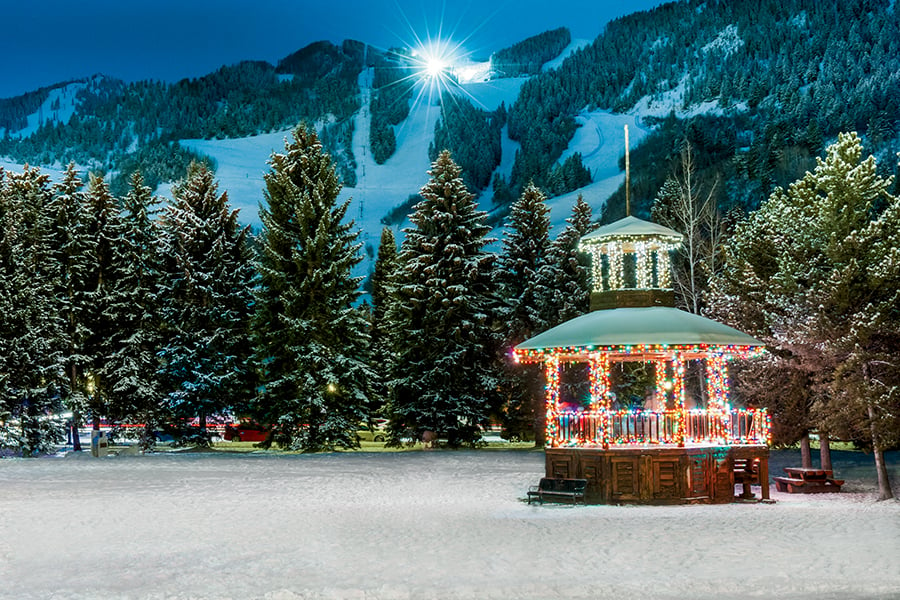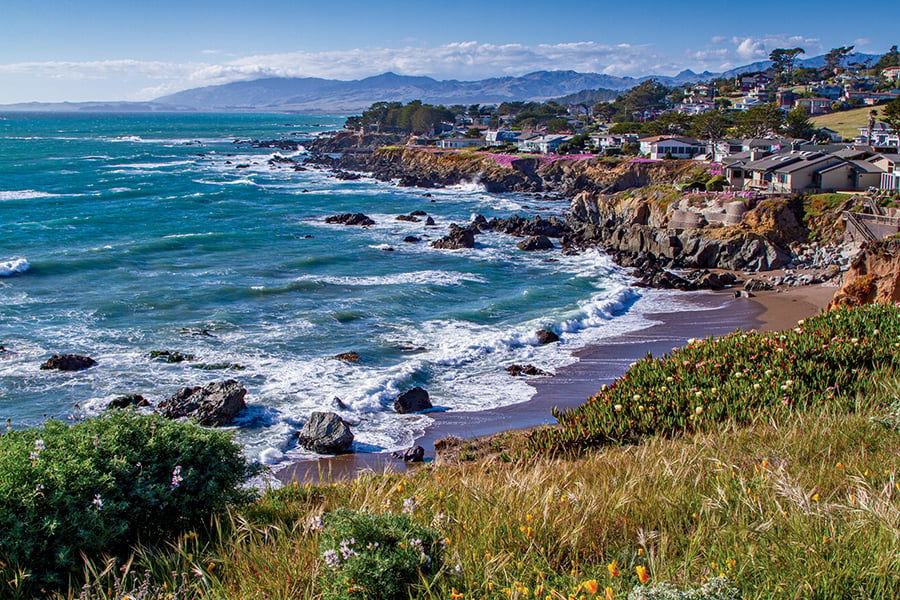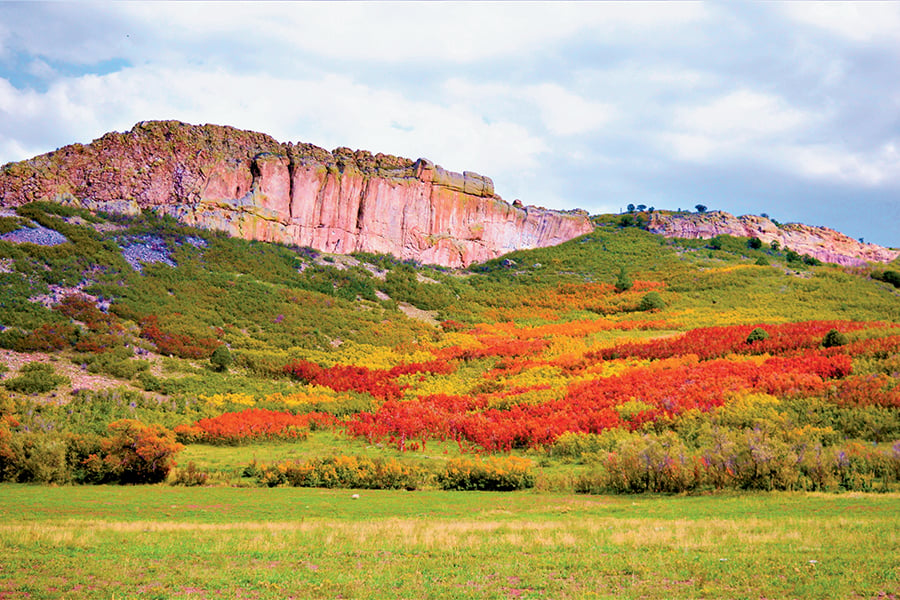Summit Fever

Their expeditionary teammates advised against it, but three men pressed on in 1820, toward the summit of Pikes Peak. They stumbled back into camp three days later completely exhausted, but beaming with pride: they had completed the first known summiting of a 14,000-foot peak in the Rocky Mountains. Ever since that day, Colorado has been gripped by “summit fever”—the burning desire to climb to the top of one of the state’s many 14ers.
“Colorado is an alpine playground not seen in most parts of the world,” said Alan Arnette, a Fort Collins resident who has climbed all of Colorado’s 14ers, along with Mount Everest, and K2. “The high density of mountains so close to the Front Range means there are literally hundreds of different climbs only a few hours’ drive away.”
Colorado is home to 17 mountain ranges, with 58 mountains over 14,000-feet tall, more than 600 peaks crossing 13,000-feet, and more than a thousand more at 12,000 feet. With so many pinnacles poking up, it’s understandable that climbing a mountain seems to be on most Coloradans bucket lists.
“Every time I am surrounded by wilderness during a climb, I feel alive,” Arnette said. “I can leave the stresses of the real world behind while I am out there. The best part is, there isn’t a huge age limitation. There are peaks accessible for almost every person.”
Best practices
Woman hiking high in the Blues Lakes Basin in the San Juan Mountains’ Mt. Sneffels Wilderness near Telluride, Colo. © Cultura Creative/Alamy Stock Photo
Ensure a safe, enjoyable climb by being prepared for wilderness.
“Start by hiking a shorter trail near home, one with a good amount of elevation gain to it,” said Jeff Richards of REI Boulder. “Start easy, and keep adding distance. Once you feel comfortable, aim for smaller mountains to get used to the effects of the elevation gain.”
As you spend time training on local trails you also will start to understand, and break in your gear.
“A good pair of sturdy hiking shoes, or boots, paired with comfortable, moisture-wicking socks, will go a long way to ensuring that your day will go well,” Richards said. “Next, you need a good moisture-wicking shirt, a light jacket to protect you from wind and rain, a warmer layer you can toss under the jacket if it gets cool, and a comfortable backpack capable of carrying all of that, plus your water and food.”
As you climb higher, the air gets thinner and drier, which will cause you to dehydrate quicker. The Wilderness Medical Society says you lose water twice as fast at high altitude, so you should consume two to three liters of water during a day of hiking.
“I recommend having a reservoir/bladder system inside their pack,” Richards said. “Having a water tube on your shoulder makes it easy to access your liquids, and ensures you won’t forget to take a drink.”
For longer hikes, pack a water filter to refill your supply.
Keep an eye on weather. Before he heads out, Arnette always checks noaa.gov/weather to get detailed weather forecasts.
“Knowing what I might experience dictates what extra items I pack in my bag,” said Arnette of Fort Collins. “The weather at high altitudes is unpredictable, so it’s best to start early and get off the summit by mid-day, especially in the summer when storms blow in in the afternoon.”
Just because it’s warm at the trailhead does not mean it will be up top. “Many times, I am sweating in the beginning, and freezing up top,” Arnette said.
Smartphone users: Download the My Radar app for up-to-the-minute weather maps.
Get a Colorado Fishing License—which includes search-and-rescue coverage. Even experienced hikers get lost, trapped, or stuck. Think of the license as a season pass to adventure—fishing and climbing—all for $36. Your license fee supports volunteer rescuers, who typically do not bill victims. (The Colorado Search and Rescue Fund does not reimburse salary, overtime, or stipend paid to any person permanently employed by a Search and Rescue agency or political subdivision of the state, nor does it reimburse indirect operating expenses, such as stand-by costs, of vehicles and equipment owned by a local government.)
The right mountain for you
Picking the right peak can seem overwhelming at first. One of the largest questions you face is simple—is bigger better?
According to the Colorado Fourteeners Initiative (a nonprofit dedicated to protecting 14ers), hikers spent 260,000 user days on Colorado’s 58 14ers in 2015. That’s more than 4,440 days per peak.
James Dziezynski, Boulder-based author of Best Summit Hikes in Colorado suggests less crowded destinations.
“Some of the most beautiful summits in Colorado are below 14,000-feet,” Dziezynski said. “The trails are much more primitive, the wilderness is healthier, and the chances of seeing others is lowered exponentially.”
One drawback to climbing the lower peaks: you will be in wilderness. You’ll need to learn how to read a map. And don’t count on your smartphone’s GPS to help you out of a pinch; you probably will lose your signal several times. But, once you make it to the top, and back again without seeing another group, you and your friends will see why the lower peaks are so intoxicating.
If nothing but a 14er will do, avoid weekends.
“If I was going to climb a 14er, I would plan on doing it on Tuesday, Wednesday, or Thursday,” said Lloyd Athearn, executive director of the Colorado Fourteeners Initiative. “I would start early so I could be on the peak before crowds arrive. It is possible to have the summit of one of these amazing mountains to yourself.”






